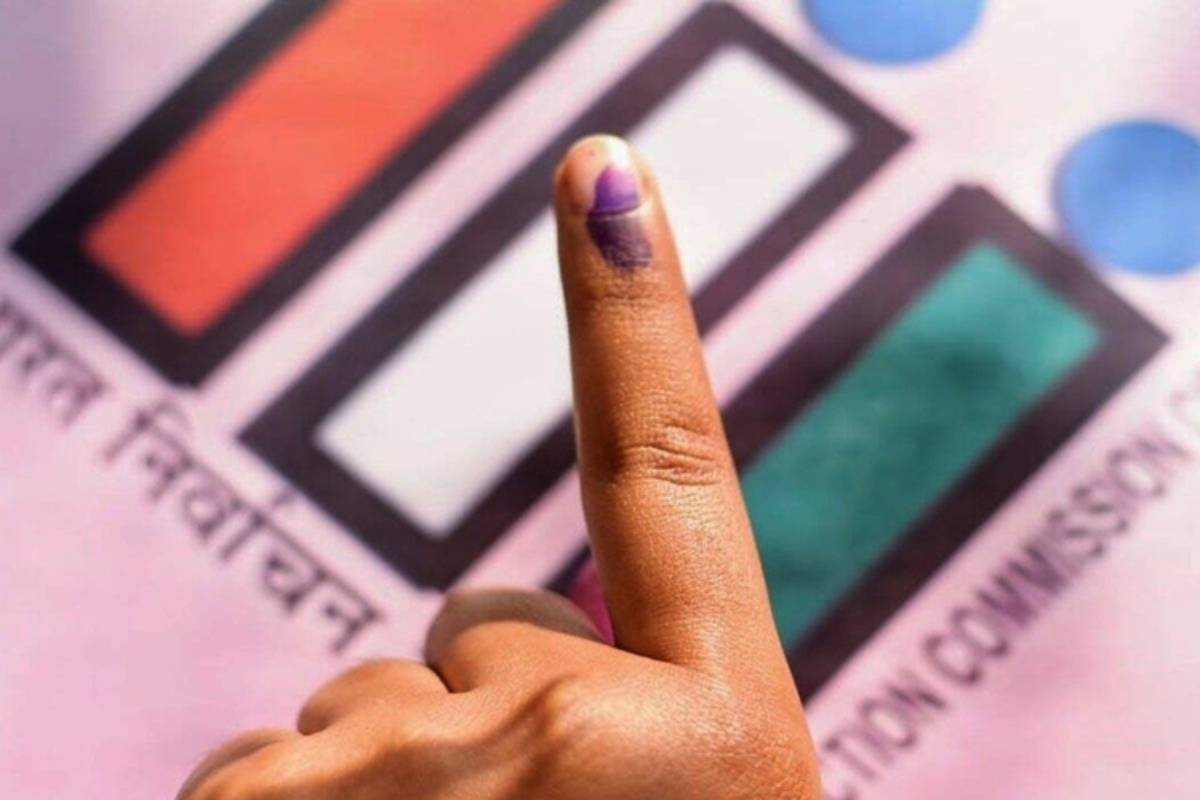National Voters Day: A Comprehensive Guide to the Electoral Process for Empowerment of Voters in India
Related Articles
How Seniors in India are Losing Traditional Micro-Communities
Across India, an unseen re-wiring of daily life is quietly shrinking the social worlds of older adults. Numerous national surveys now show that loneliness...
Economic Uncertainty में Safe Haven की चमक Silver ने बनाया All Time High, Gold नई Peak के करीब
वैश्विक बाजारों में आर्थिक अनिश्चितता बढ़ने के बीच सुरक्षित निवेश की मांग तेज हो गई है। बुधवार को एशियाई कारोबार में सोने की कीमतों...
Pollution to Prosperity: How India is Paying Farmers to Build Better Roads
India's farmers have long battled the twin troubles of low incomes and seasonal air pollution from burning crop stubble. But a game-changing initiative announced...


